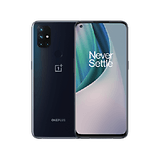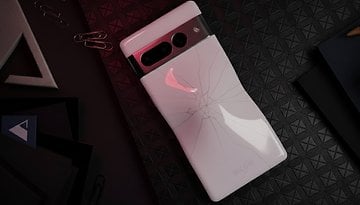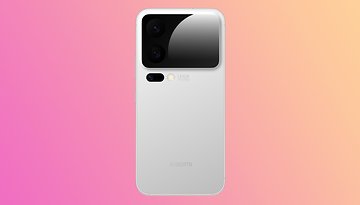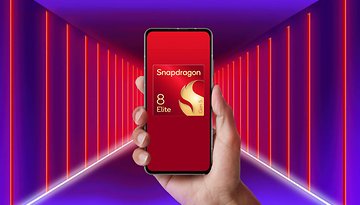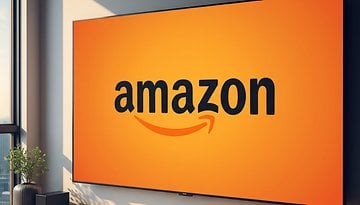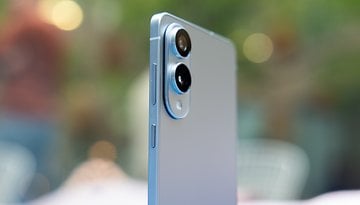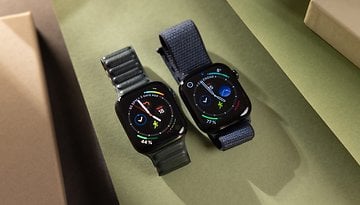Adieu Starlink? Europe Tests 5G via Satellite on Phones
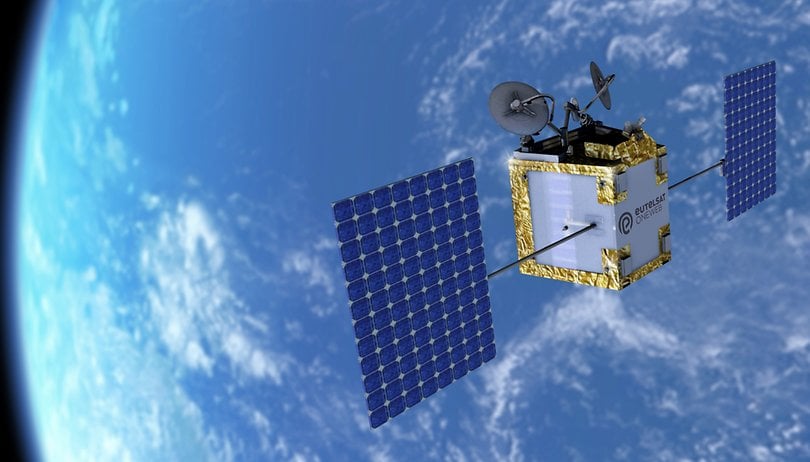

Read in other languages:
Mobile networks have one major drawback: too many dead zones. These coverage gaps are especially noticeable in rural and remote areas with low population density. Satellites offer a solution to this problem, and Europe’s Eutelsat is now emerging as a strong alternative to Starlink—with a key advantage.
At first glance, the satellite communications market, particularly for internet services, appears to be dominated by Elon Musk’s Starlink. But that’s not the full picture. Europe has its own ambitions, aiming to expand its satellite constellation and bring internet and mobile connectivity to even the most remote corners of the world.
Also read: The end of dead zones: Vodafone brings satellite video calls to phones
Paris-based Eutelsat, formerly known for its TV satellites, has been developing the OneWeb system for years. OneWeb, launched in 2020, went through bankruptcy and is now part of Eutelsat. The company recently completed what it claims to be the world's first successful test of 5G non-terrestrial network (NTN) technology using its Eutelsat OneWeb satellites in low Earth orbit (LEO). This orbit offers several advantages, including shorter signal propagation times.
Switching between Terrestrial Antennas and Satellites
Tests carried out intend to pave the way to introduce the 5G NTN standard. In the future, the aim is to enable seamless interaction between satellites and traditional terrestrial mobile networks. This will make worldwide use of 5G possible. Complete coverage would not only be important for smartphones. The automotive industry and Internet of Things (IoT) applications also rely on seamless networks, depending on the service.
For the test, Eutelsat used OneWeb satellites that the operator equipped with the MediaTek NR NTN test chipset and a special mobile radio transmitter. A special antenna system from Rhode & Schwarz was also used for the satellite. Although the technology on the satellite side has been adapted, the transmission standards used have already been defined by the consortium developing the 5G standard.
Related: Starlink Mini is set to change the satellite internet landscape
These are the 3GPP version 17 specifications. Satellites could therefore perfectly complement traditional terrestrial networks. Other projects, such as Starlink, have so far required the use of modified smartphones. Eutelsat mentioned it was the first satellite operator to demonstrate the 5G air interface on a commercial fleet in the Ku band, paving the way for new applications in future constellations.
Many Satellite Projects are Being Tested
The competition for satellite-based mobile networks is only just the beginning. In addition to Starlink and Eutelsat, there are also other projects aimed at connecting satellite and mobile communications.
At the end of last year, for instance, Germany's Deutsche Telekom, Qualcomm, and Skylo announced an end-to-end test to send and receive SMS via geostationary satellite, also using the 3GPP mobile communications standard. While the German company tested the signal in Greece, its British rival Vodafone depicted a satellite test involving video calls in Great Britain.
With the new MediaTek and Qualcomm chips that are compatible with the NTN standard, will the use of 5G via satellite finally become a reality for voice calls and data transfer?



